Garmin's new Rally family brings power to riders using Shimano and SPD pedals
The brand has also added a metal threaded insert to the infamous battery door interface
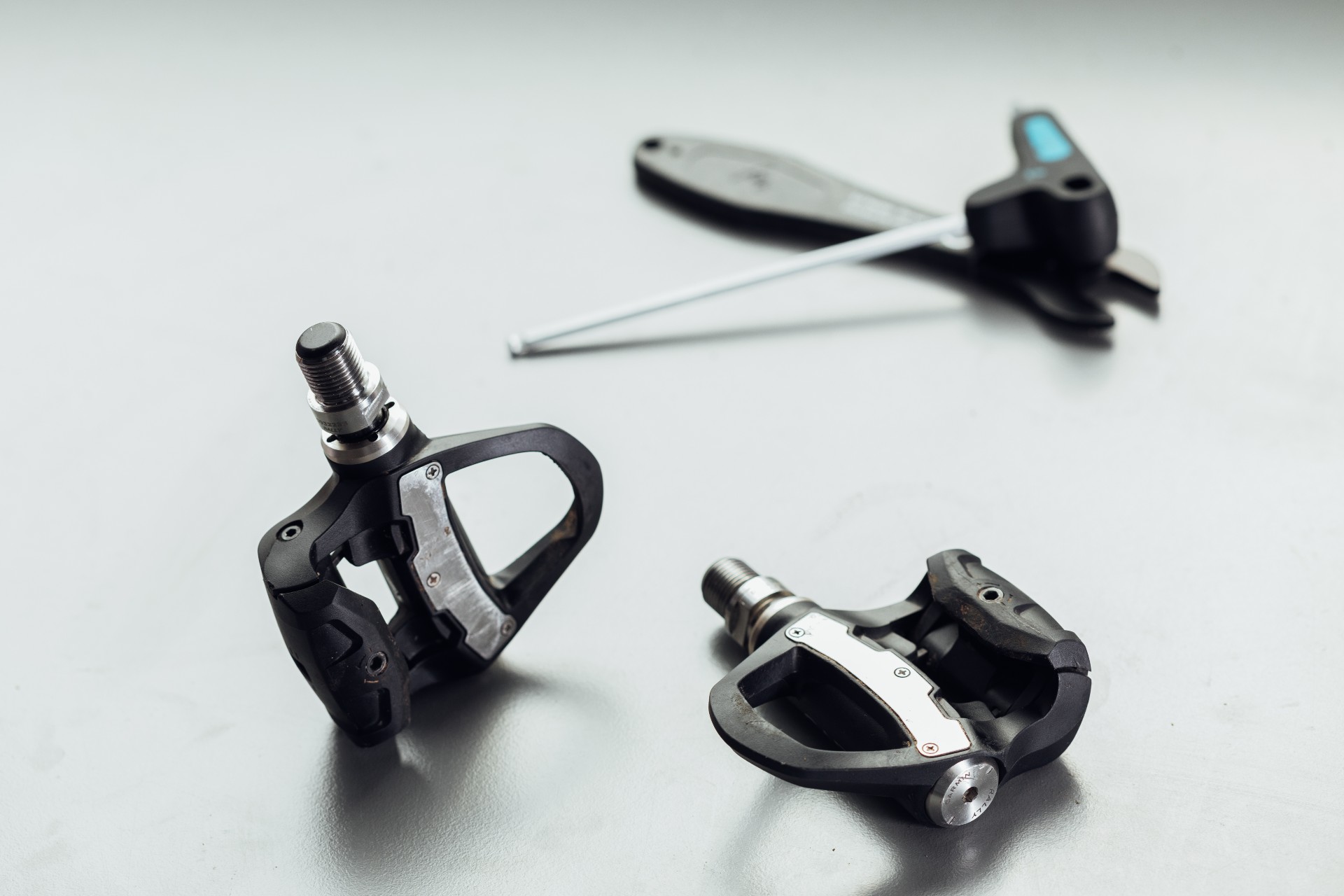

Garmin has unveiled a new power meter pedal family, giving consumers the opportunity to swap the spindle between Look, Shimano SPD-SL and Shimano SPD style pedal bodies.
The Garmin Rally pedal range is split between RK (Look Keo), RS (Shimano SPD-SL) and XC (Shimano SPD) style options, with a transferable spindle containing the strain gauge which can be moved between pedal bodies.
Cross compatibility exists between the Vector 3 pedals, too - so you can purchase the XC or Shimano SPD-SL pedal body conversion kit and swap the power meter into a new shell.
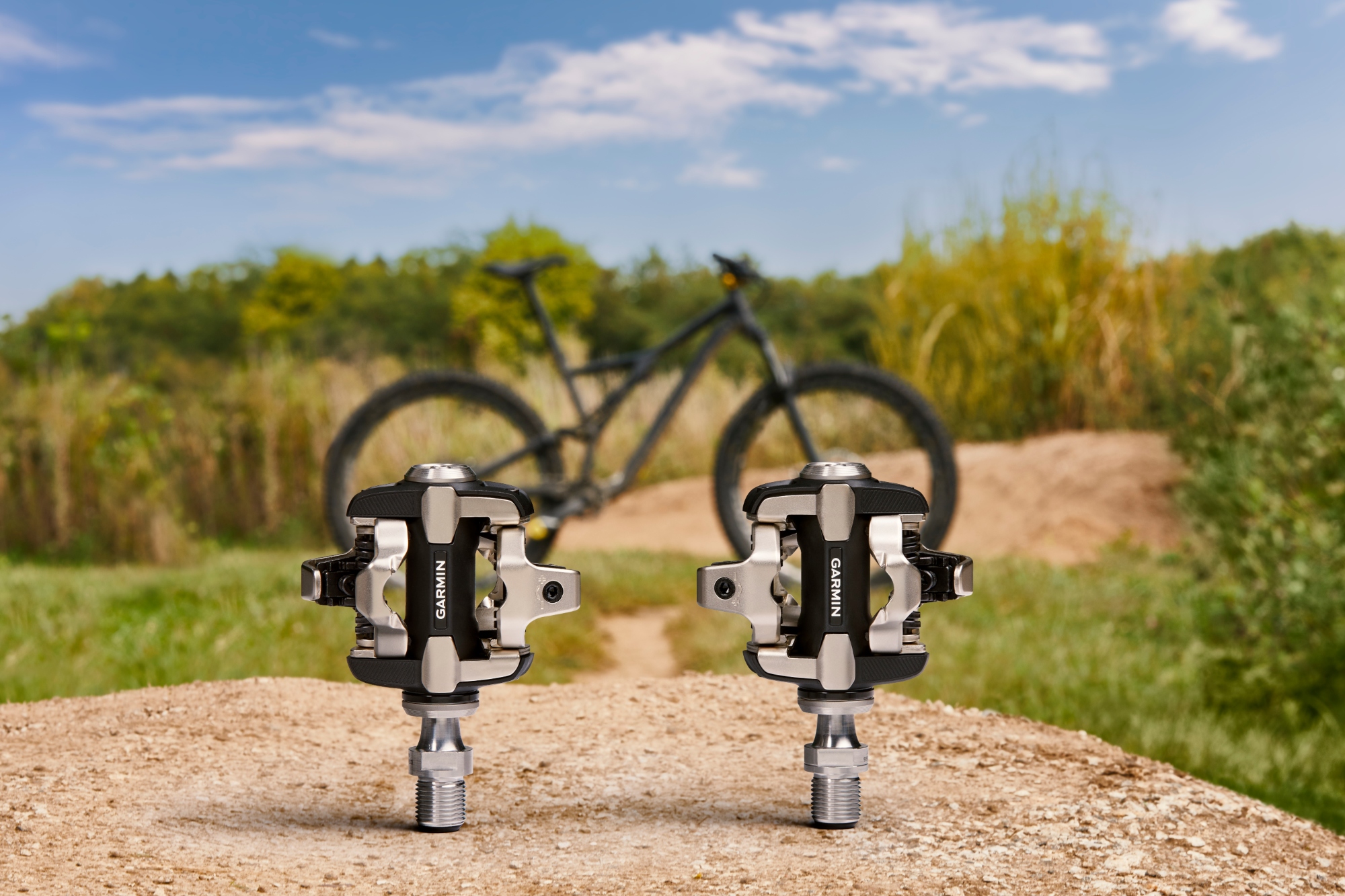
In this new Rally family, Garmin drops the 'Vector' name. The Vector 3 pedals, tested by Cycling Weekly, were subject to several updates and fixes; a new battery door was eventually released to avoid problems with power spikes and drop-outs. In our online review, we speculated that a lot of the issues were caused by cross threading as a result of a metal battery cover screwing into a plastic body.
Whilst the release of a Shimano SPD-SL and Shimano SPD cleat-compatible pedal will be music to the ears of many a cyclist, particularly gravel riders keen to have data when off-road, we're actually most excited to see that the metal battery door is now mated to a metal thread on the inside of the pedal.
I've been testing these pedals for a month so far, and whilst I'll be reserving a comprehensive review until I've been riding them for much longer, I'm pleased to report that to date they've read perfectly despite some mucky winter rides.
The announcement comes soon after the news that Wahoo will release the first-ever dual-side-entry Speedplay power meter pedal, the Powrlink Zero, in the summer. The Rally pedals, however, are available right away.
The dual-sided pedals cost between £969.99 and £1,059.99, whilst single sided-options cost from £489.99 to £529.99.
Swapping the pedal body
The highlight of the new Rally family is the ability to swap the spindle on to a new pedal body.
Garmin was clear that although this is relatively easy for most home mechanics, it requires time set aside. The brand said it expected the change to take a rider five to 10 minutes, with experience. A representative said: "We're looking at it more as a seasonal change but we see some riders changing every week if they want to."
The job is similar to carrying out a pedal service. You'll need a 4mm Allen key, Phillips 00 head screwdriver, a 12mm socket on a 1/4inch drive, pedal wrench (or 15mm spanner) and a torque wrench as the nut inside the body needs to be torqued to 10Nm.
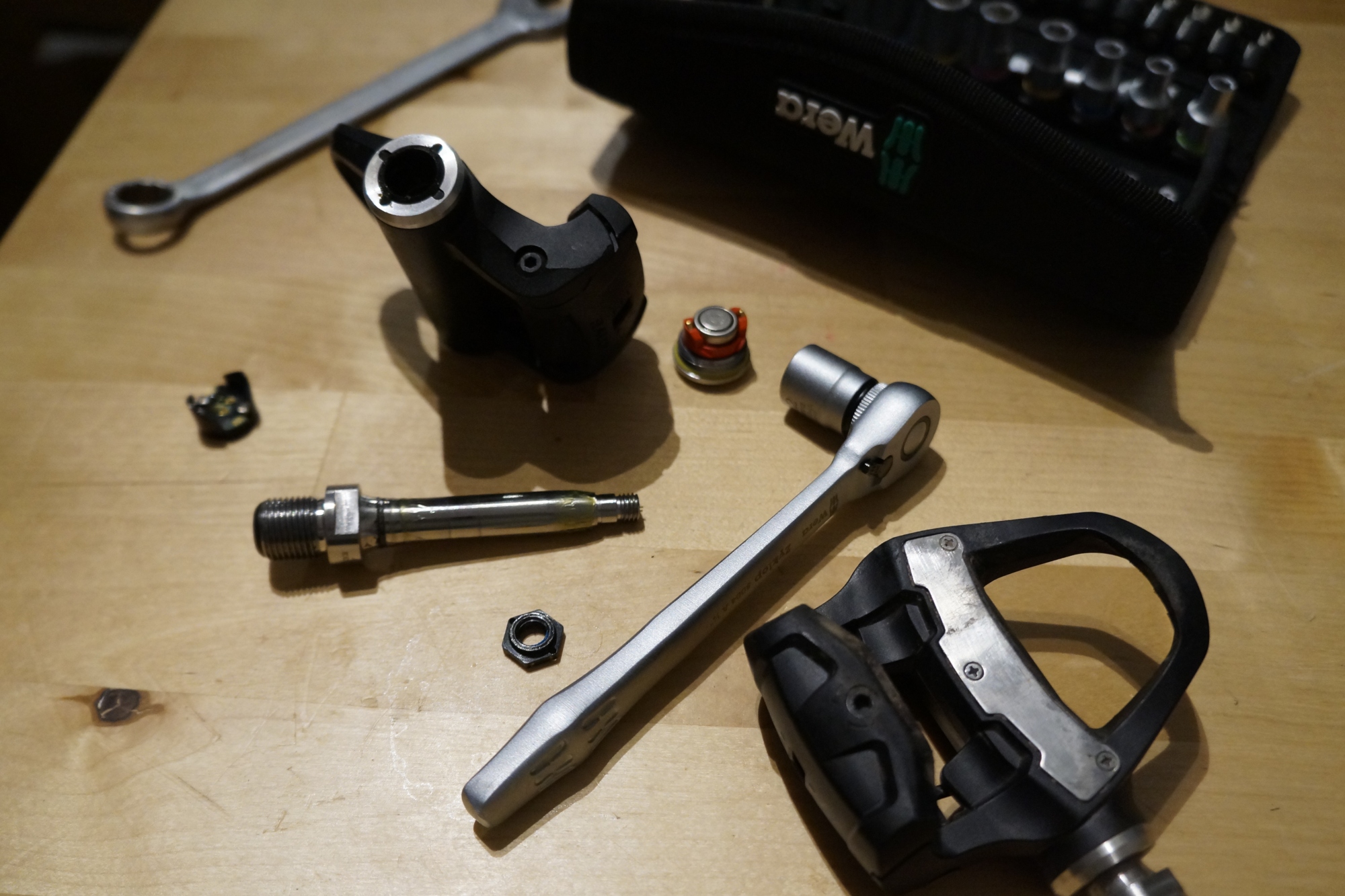
I've got the RK (Look Keo compatible) option, and I've not yet been sent a spare pair of SPD pedal bodies to test carrying out a complete swap - but I have put the request in ahead of a long-term review. In the meantime, I've taken the spindle out, regreased and reinserted it back into the RK to test the process.
The process was a bit fiddly but repeatable enough. You do need to follow Garmin's video instructions carefully, taking care to be aware that the right pedal has reverse threads. You also want to avoid getting grease on the contacts. If you've never serviced a pedal before, this probably isn't the place to start, but practice makes perfect.
It took me more than 10 minutes, but I'd expect to speed up as the process became more familiar. I did very nearly lose one of the tiny screws between the cracks in the floorboard and I also don't think you'd want to be removing those tiny screws on a weekly basis.
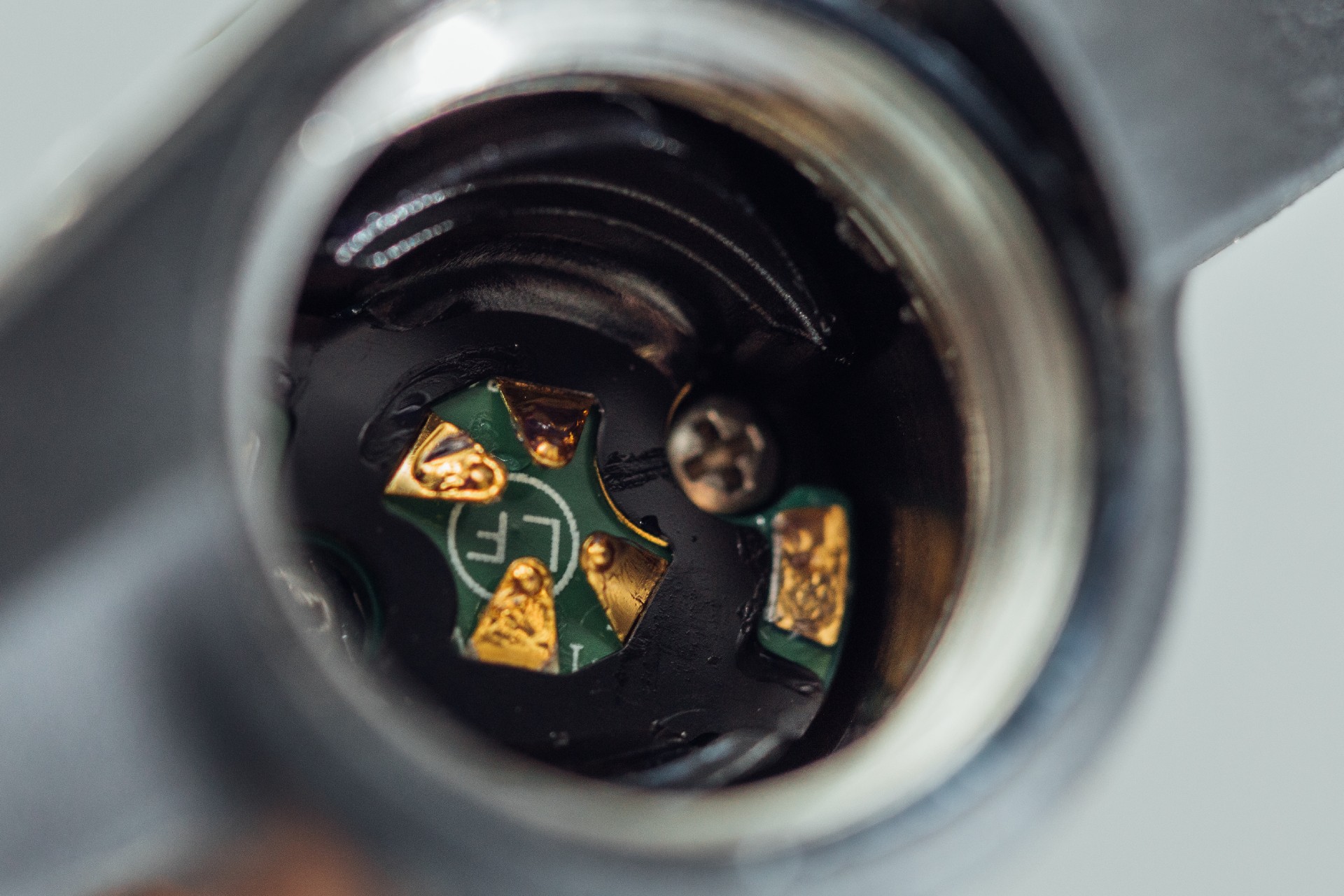
The spare pedal bodies, or 'conversions kits', aren't cheap - retailing at between £179.99 and £219.99.
The specification
The pedals can be purchased in a single-sided or dual-sided design, with the option to upgrade from a single to a double at a later date. Tension is easy to adjust via a small screw on the pedal body.
The lightest pedals are the RS option, at 320g for a dual sided set and 328g for a single option. The Rally RK comes in at 326g/334g whilst the XC is 444g/451g. The Rally can only be bested by the Favero Assioma at 302g. The stack height remains pleasantly standard, at 12.2mm on the road styles at 13.5mm on the XC model, and unlike the Assioma there's no external pod with the strain gauge neatly hidden away.
Power comes from the same LR44/SR44 (x4) or CR1/3N (x2) batteries as previous, with a claimed life of 120 hours. The pedals communicate via ANT+ and Bluetooth.
Accuracy sits at +/-1%. As always, it's important to draw attention to the fact that this 1% refers to how far the power meter's readings can be expected to drift from itself, which is more effectively referred to as 'precision.' In this context, the listed accuracy does not refer to drift from a finite and absolute power figure. This means you can expect your Garmin Rally's version of 100 watts to be displayed as anything between 99 and 101 watts on any given day. The only way to measure absolute power involves a lab and a lot more equipment.
The RS and RK pedals feature a screw which holds the rear jaw of the pedal engagement mechanism in place.

This looks identical to the layout of the previous Vector 3. On three occasions during my testing of the Vector 3 pedals, I had this come loose, rendering clipping in impossible. Fixing it is simple: just push the jaw of the pedal back into place and use a 2mm Allen key to retighten the bolt - but of course, you can't do this while riding, as I discovered when it happened to me during a road race. A Google scout confirmed that this isn't an isolated incident (here and here).
Personally, if I was to use these for a race now, I'd check that screw was tight enough the night before, and perhaps add a little Loctite to be sure. When I asked Garmin about this, the brand said it would ask anyone having these issues to bring them to the attention of the customer care team, adding "it’s not something we’ve come across at all."
All of the previous pedalling dynamics data has been carried over such as pedal smoothness, left/right balance (if you're using a dual-sided system) and Platform Centre Offset which can help with bike fitting quandaries. Data can also be fed back to Garmin Connect for information on training phases and recovery recommendations.
Early testing: our view
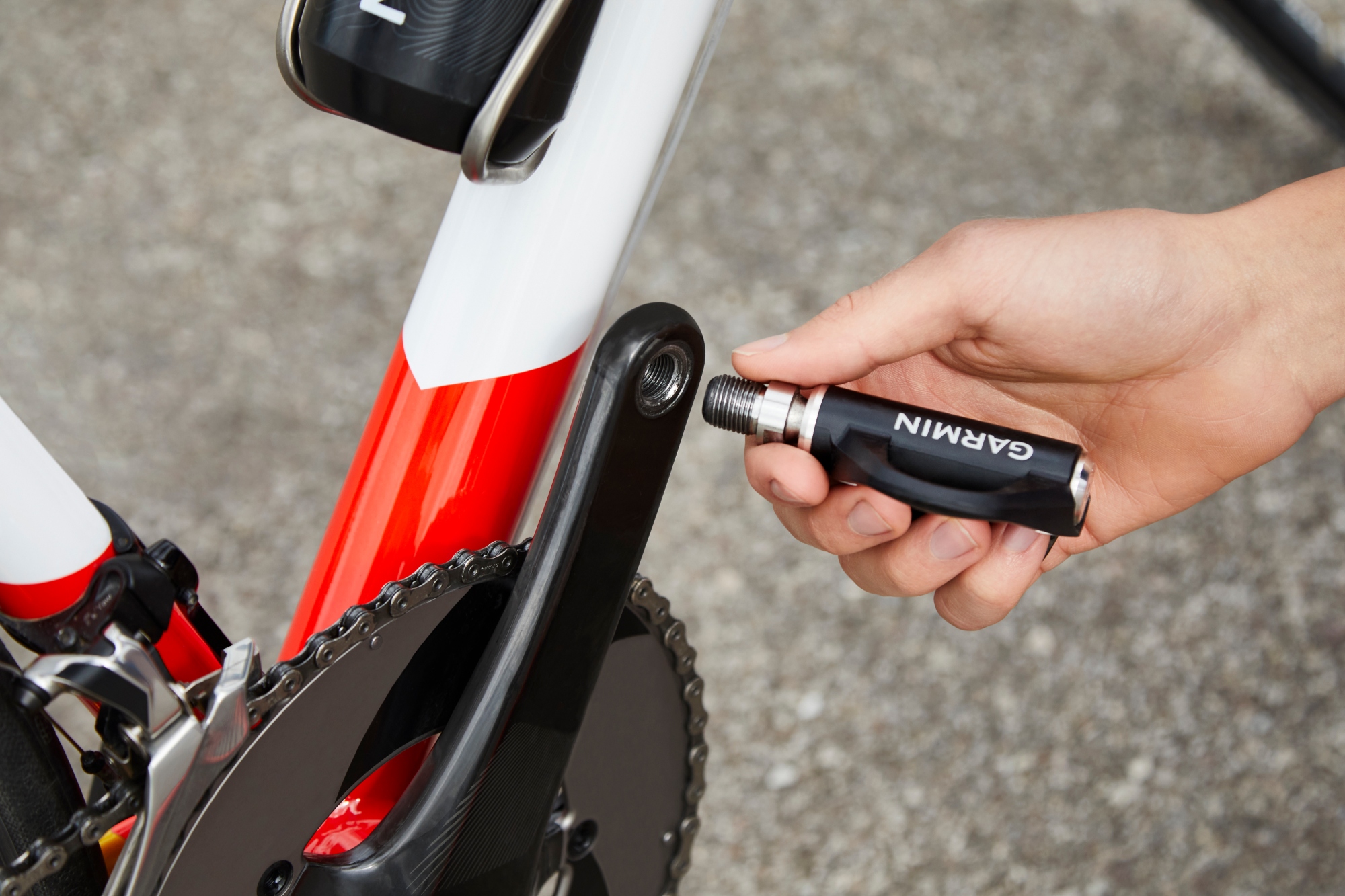
The headline news is the ability to swap the spindle between pedal bodies, plus the release of a Shimano SPD-SL compatible version, though it's important to realise that care needs to be taken when swapping the spindle: it's not something you want to do while brewing coffee on the morning of a big ride. You'll need time, patience, and some good light.
Up until now, Shimano pedal users have been left out in the cold when it comes to power meter pedals, and I can see this news being music to the ears of many cyclists. Ditto the option of gaining power data when riding off-road is also very welcome, especially with the rise of gravel.
Currently, for my own off-road riding, I rely upon a heart rate based Training Stress Scores (hrTSS) to ensure my Training Peaks account stays up to date, whilst my road rides are more accurately based from power-measured TSS. Having solid power data for these rides will be a big plus for data minded riders, myself included. Heart rate is extremely variable and not that useful when looking at off-road rides where there may be sudden bursts of power not picked up in a heart rate spike.
My prior experience with the Vector 3 pedals means that I'm hesitant to come out applauding the new Rally as the best thing since sliced bread, preferring to test them long term before coming to an ultimate conclusion. However, I was extremely pleased to see the use of a metal thread both on the battery cover and the pedal body, and this leads me to believe that the problems we saw with the Vector 3 model are unlikely to be repeated.
After about a month of testing through the British winter/early spring, I've experienced no dropouts, power spikes or otherwise erroneous numbers. I swapped to these pedals straight from a pair of Favero Assioma pedals, and all of my training zones have been comparable - I'm sure there's a one or two-watt drift - as always when moving between power meters - but I have no evidence of any major discrepancies.
The pedal body on the RS/RK carries over much of the beautiful simplicity present in the former Vector 3: these pedals look and feel much like my familiar Look Keo friends, and whilst I can't confirm absolutely, I expect the Shimano SPD-SL styles to offer a similar experience too.
I am disappointed to see that there has been no change to the design of the pedal jaw: only time will tell if the problems I had previously will resurface. However, the aesthetic as ever is excellent and the familiar stack height avoids the danger of clipping a pedal on a corner.
Prices and range
- RS200/RK200 (dual Shimano/Keo pedals) - £969.99
- RS100/RK100 (single Shimano/Keo pedals) - £569.99
- RS/RK upgrade pedals (to boost to dual sided) - £489.99
- XC200 (dual XC pedals) - £1059.99
- XC100 (single XC pedals) - £619.99
- XC upgrade pedals (to boost to dual sided) - £529.99
- Conversion kits: RS/RK - £179.99, XC - £219.99

Thank you for reading 20 articles this month* Join now for unlimited access
Enjoy your first month for just £1 / $1 / €1
*Read 5 free articles per month without a subscription

Join now for unlimited access
Try first month for just £1 / $1 / €1
Get The Leadout Newsletter
The latest race content, interviews, features, reviews and expert buying guides, direct to your inbox!
Michelle Arthurs-Brennan the Editor of Cycling Weekly website. An NCTJ qualified traditional journalist by trade, Michelle began her career working for local newspapers. She's worked within the cycling industry since 2012, and joined the Cycling Weekly team in 2017, having previously been Editor at Total Women's Cycling. Prior to welcoming her first daughter in 2022, Michelle raced on the road, track, and in time trials, and still rides as much as she can - albeit a fair proportion indoors, for now.
Michelle is on maternity leave from April 2025 until spring 2026.
-
 'I'll take a top 10, that's alright in the end' - Fred Wright finishes best of British at Paris-Roubaix
'I'll take a top 10, that's alright in the end' - Fred Wright finishes best of British at Paris-RoubaixBahrain-Victorious rider came back from a mechanical on the Arenberg to place ninth
By Adam Becket Published
-
 'This is the furthest ride I've actually ever done' - Matthew Brennan lights up Paris-Roubaix at 19 years old
'This is the furthest ride I've actually ever done' - Matthew Brennan lights up Paris-Roubaix at 19 years oldThe day's youngest rider reflects on 'killer' Monument debut
By Tom Davidson Published